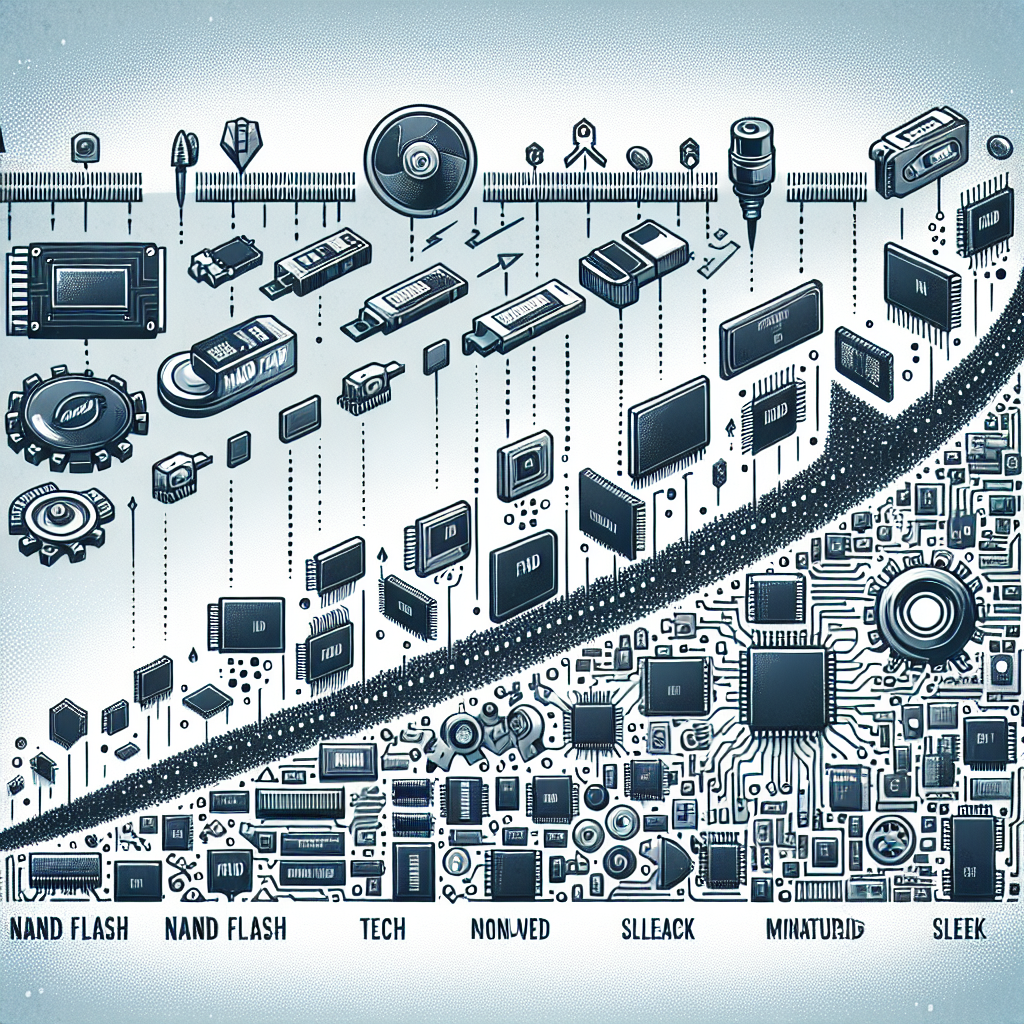Your cart is currently empty!
Exploring the Evolution and Advancements of NAND Flash Technology

NAND flash technology has come a long way since its inception, evolving and advancing over the years to become a key component in a wide range of electronic devices, from smartphones and laptops to data centers and cloud storage systems. This non-volatile memory technology has revolutionized the way data is stored and accessed, offering high-speed, reliable, and cost-effective solutions for a variety of applications.
NAND flash technology was first introduced in the late 1980s as a replacement for the traditional NOR flash memory, offering higher storage densities and faster read and write speeds. Over the years, NAND flash has continued to evolve, with manufacturers constantly pushing the boundaries of what is possible with this technology.
One of the key advancements in NAND flash technology has been the development of multi-level cell (MLC) and triple-level cell (TLC) NAND flash, which allow for higher storage densities by storing multiple bits of data in each cell. This has enabled the production of higher-capacity SSDs and memory cards at lower costs, making NAND flash technology more accessible to a wider range of consumers.
Another major advancement in NAND flash technology has been the introduction of 3D NAND, also known as vertical NAND, which stacks memory cells vertically to increase storage densities and reduce manufacturing costs. This technology has enabled the production of even higher-capacity SSDs and memory cards, with some manufacturers now offering SSDs with capacities of up to 100TB.
In addition to advancements in storage capacity, NAND flash technology has also seen improvements in performance, with manufacturers developing faster read and write speeds and lower latency. This has made NAND flash technology ideal for high-performance applications, such as gaming, video editing, and data analytics.
As NAND flash technology continues to evolve, researchers and manufacturers are exploring new ways to further improve the performance and reliability of this technology. One area of focus is the development of QLC (quad-level cell) NAND flash, which stores four bits of data in each cell, further increasing storage densities and reducing costs.
Overall, the evolution and advancements in NAND flash technology have had a profound impact on the way data is stored and accessed, with this technology now being used in a wide range of electronic devices and applications. As technology continues to progress, we can expect to see further innovations in NAND flash technology, leading to even faster, higher-capacity, and more reliable storage solutions for the future.

Leave a Reply